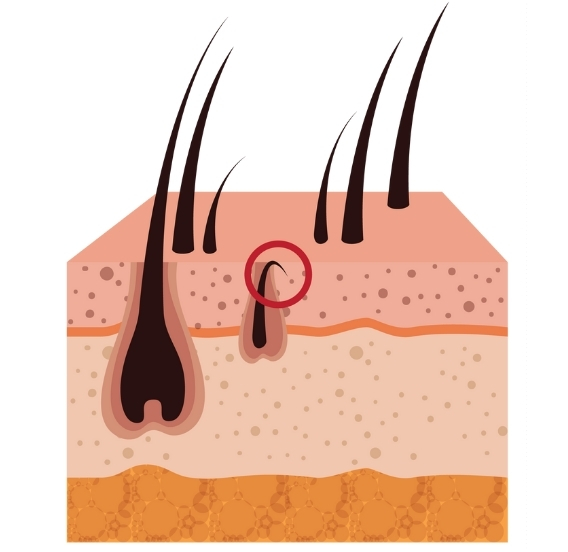Treatments
Pilonidal Sinus Treatment
Pilonidal sinus is a chronic inflammatory disease of the skin and subcutaneous tissue. In this condition, hairs become embedded under the skin and become infected. This infection leads to abscess formation and discharge. Pilonidal sinus is more common in men and individuals under the age of 40. Factors such as prolonged sitting, changes in movement or minor trauma, and environments that are humid and lack ventilation can cause blockage of hair follicles and abscess development.
Image 1: Pilonidal sinus typically occurs in the sacrococcygeal region and the area between both buttocks just above it.

TREATMENTS

